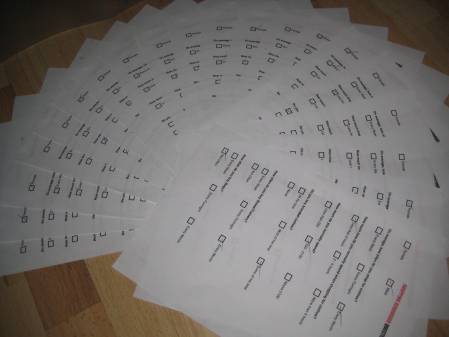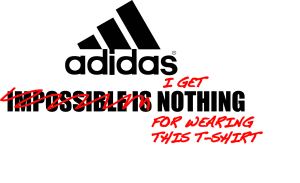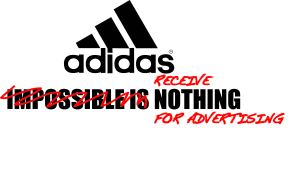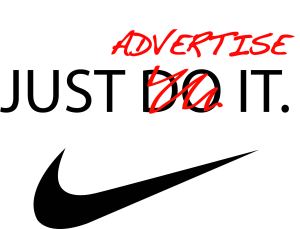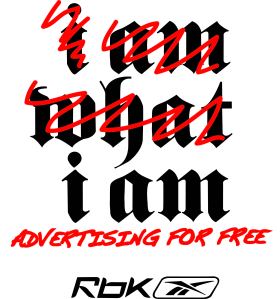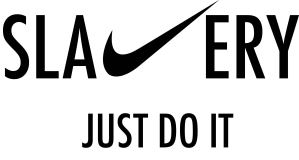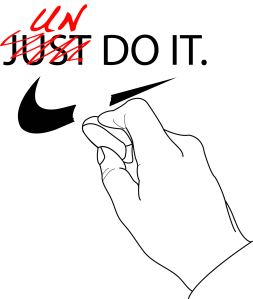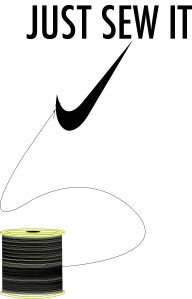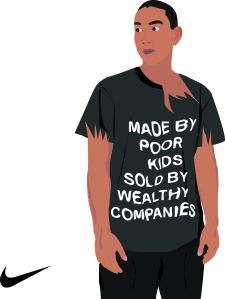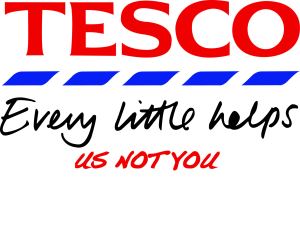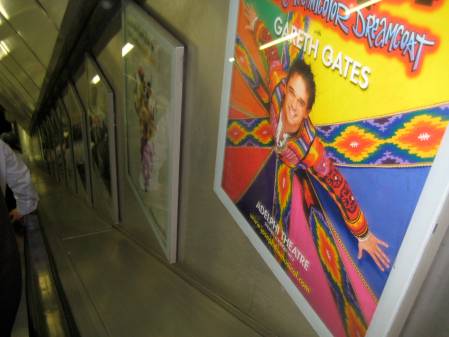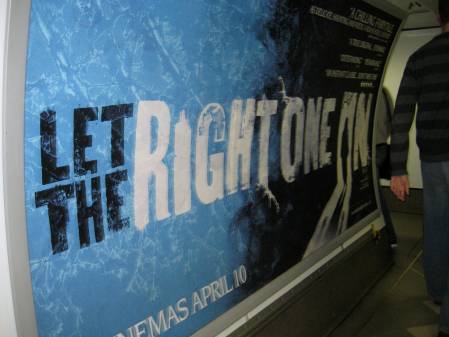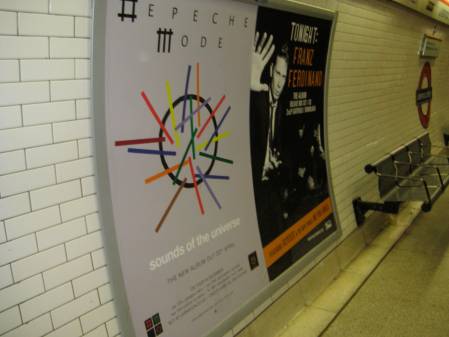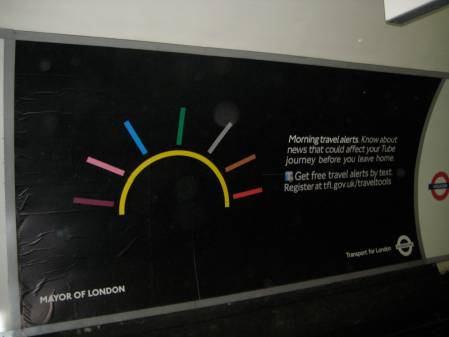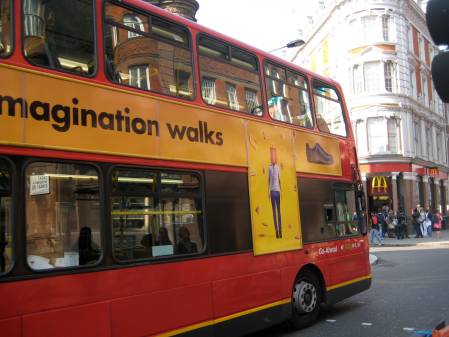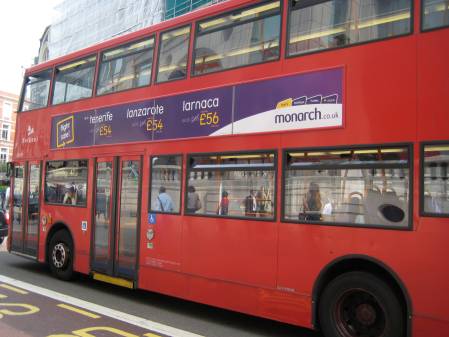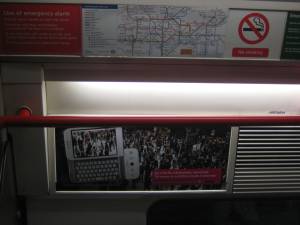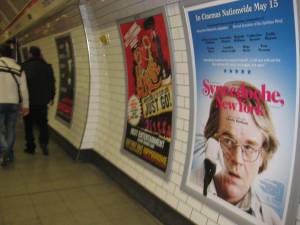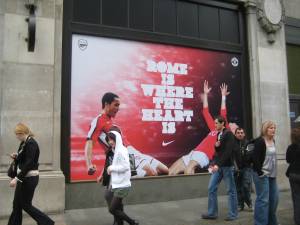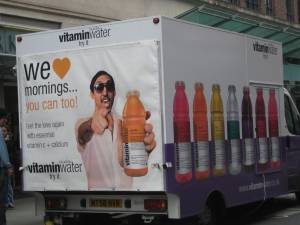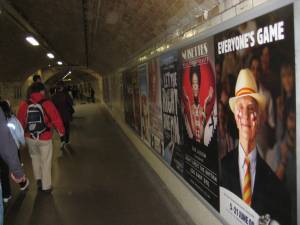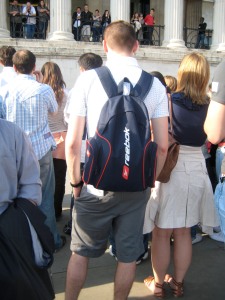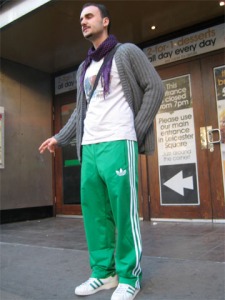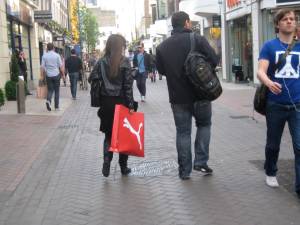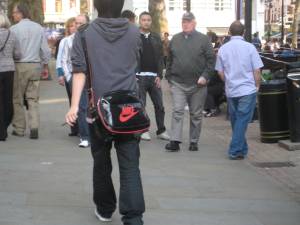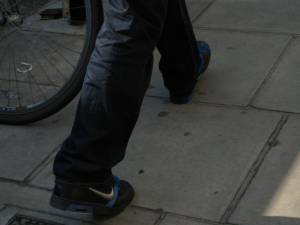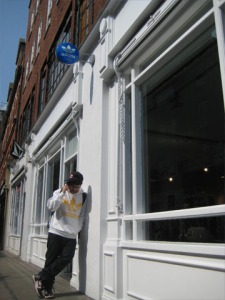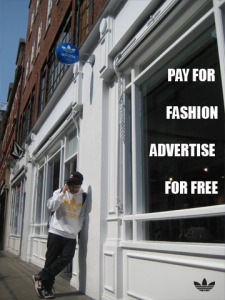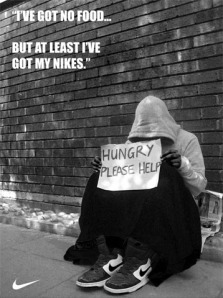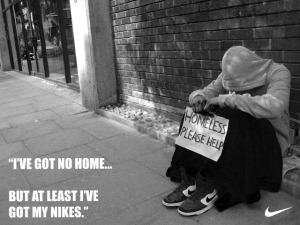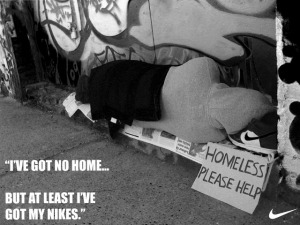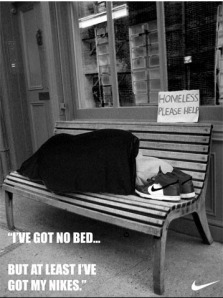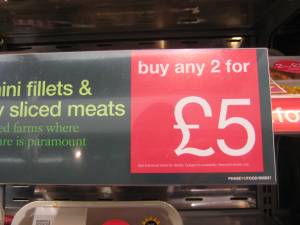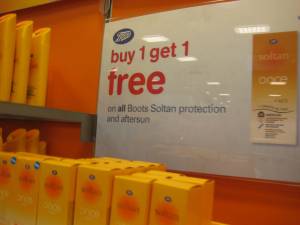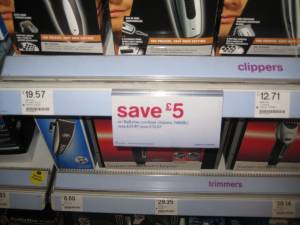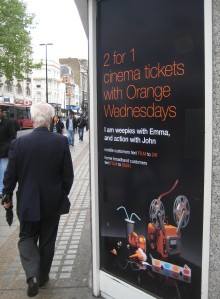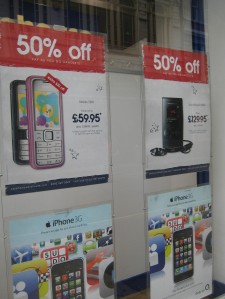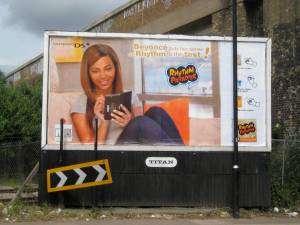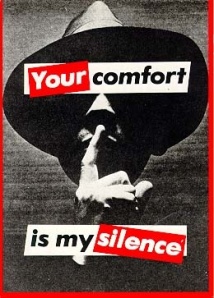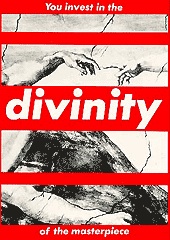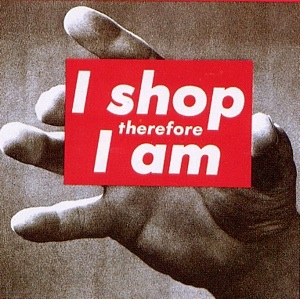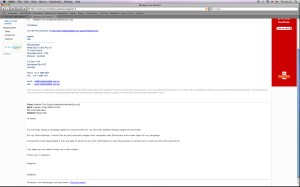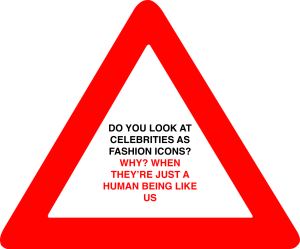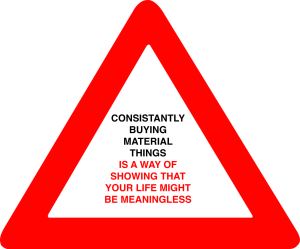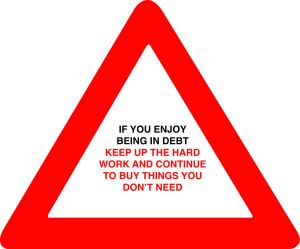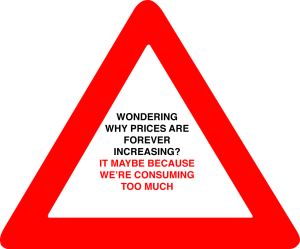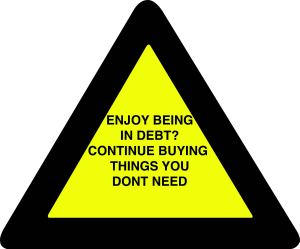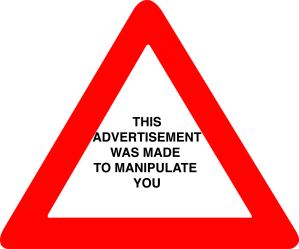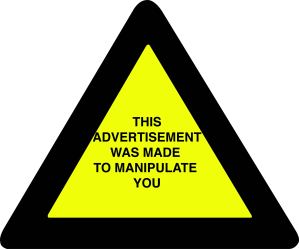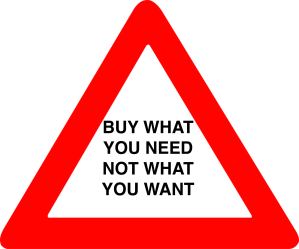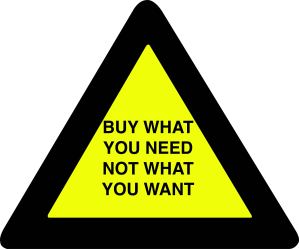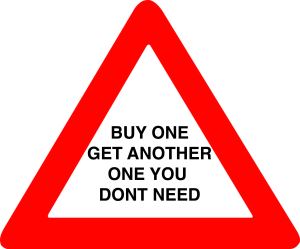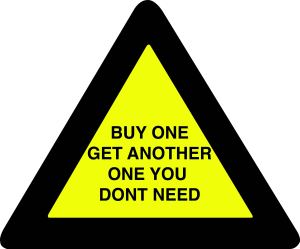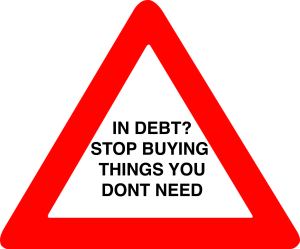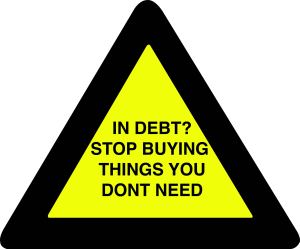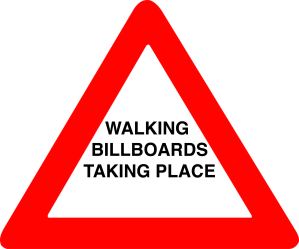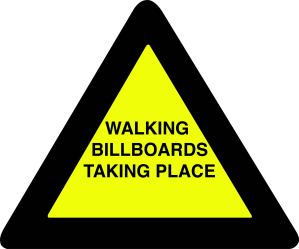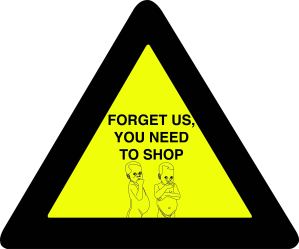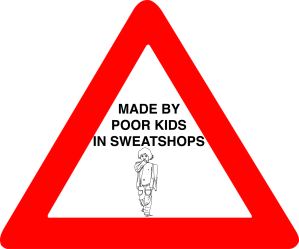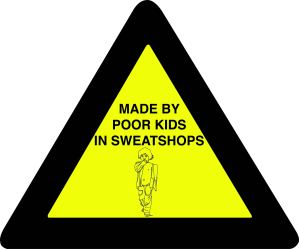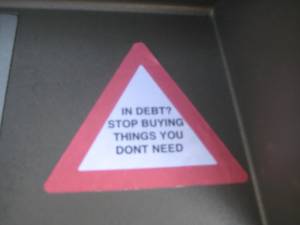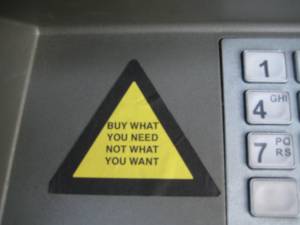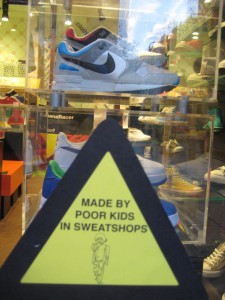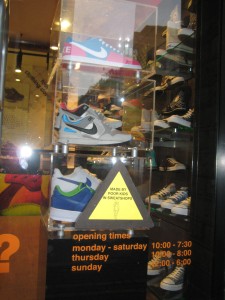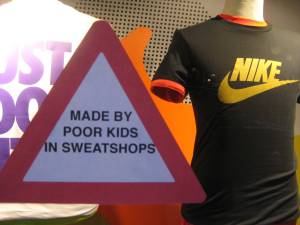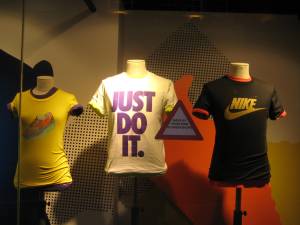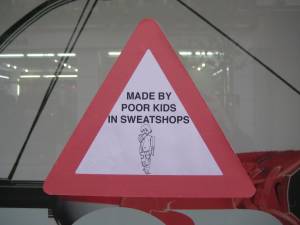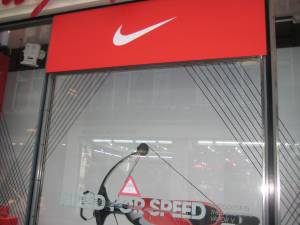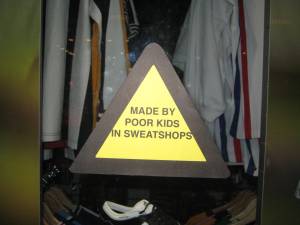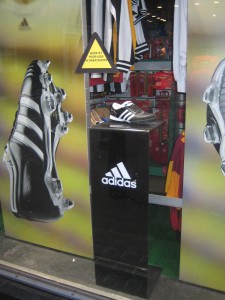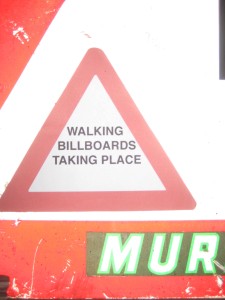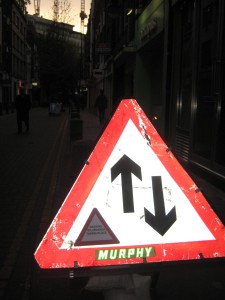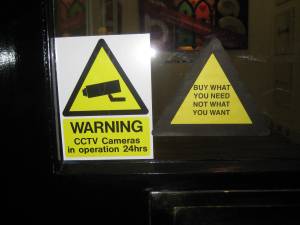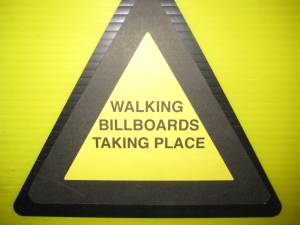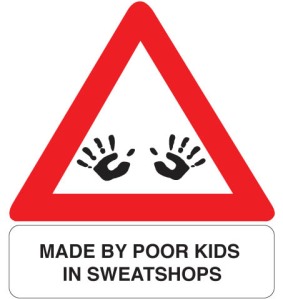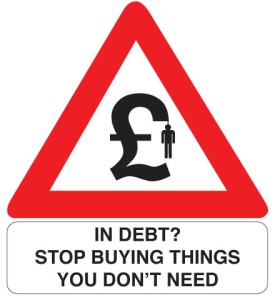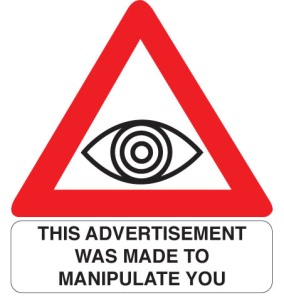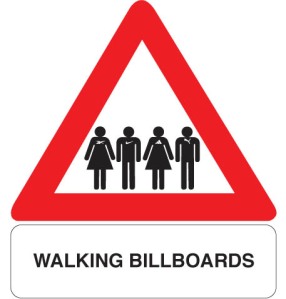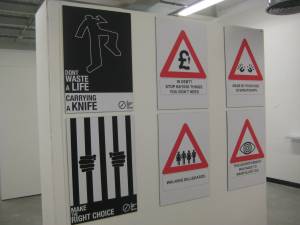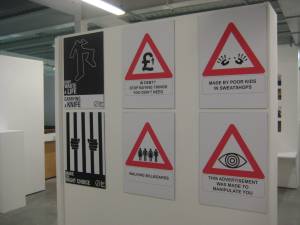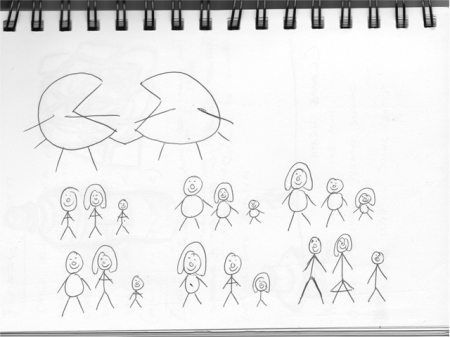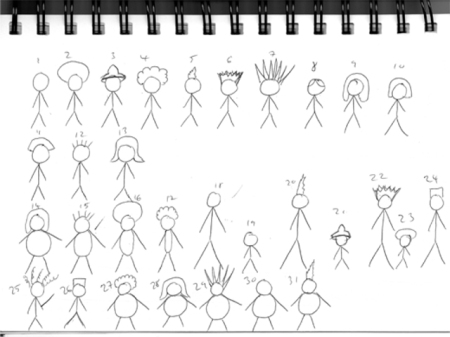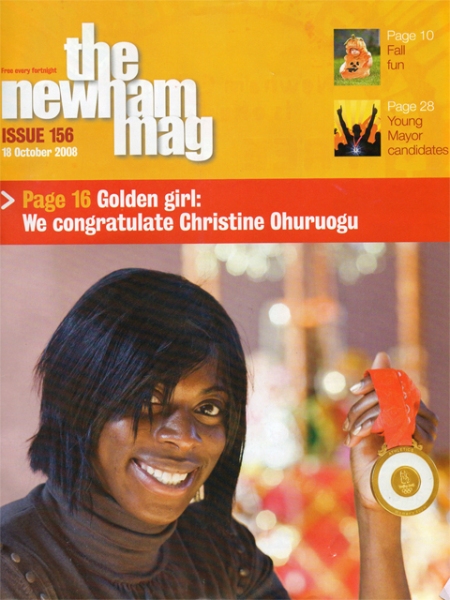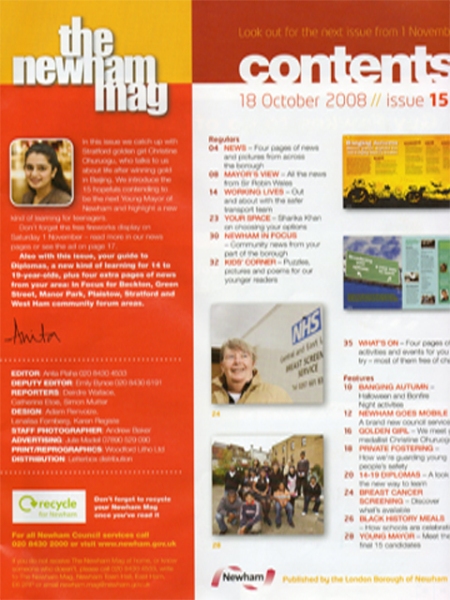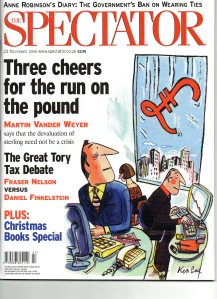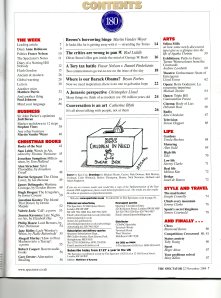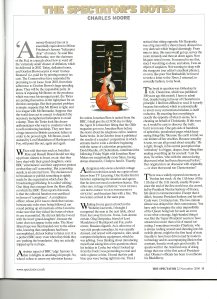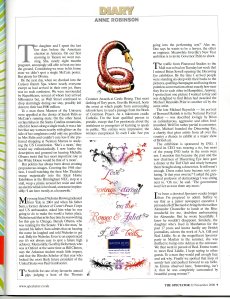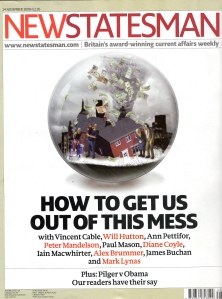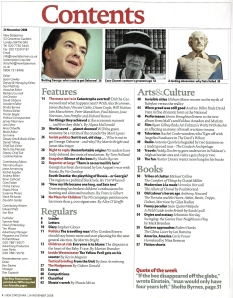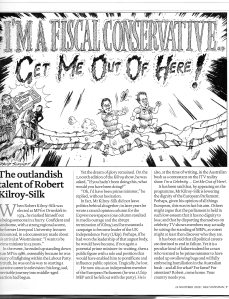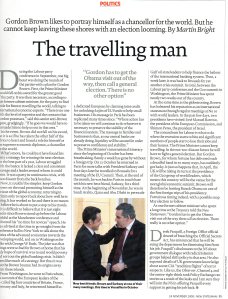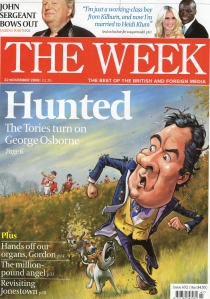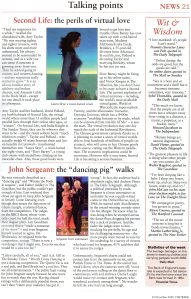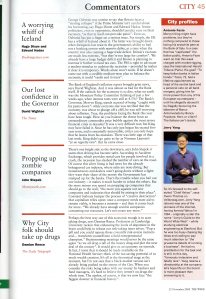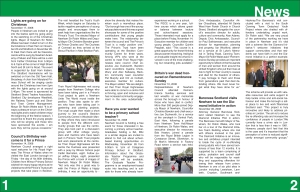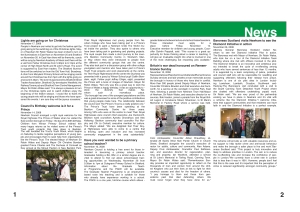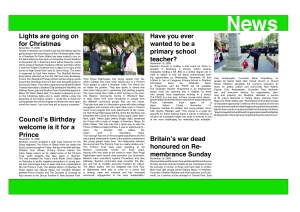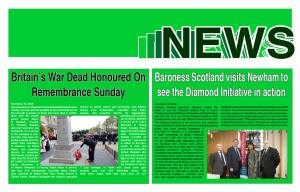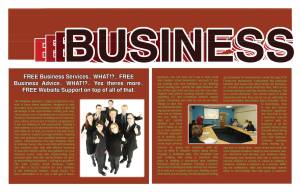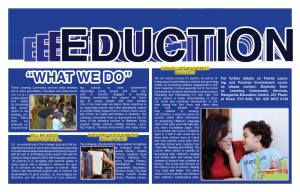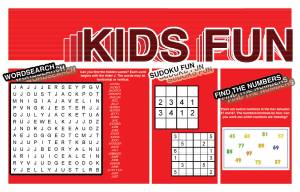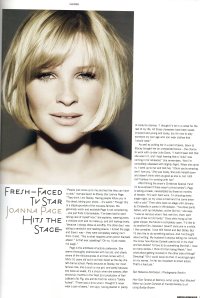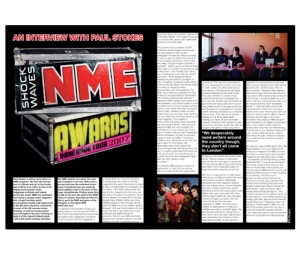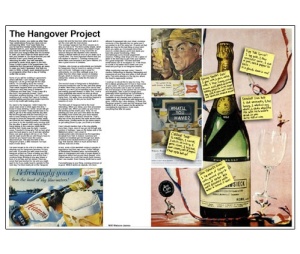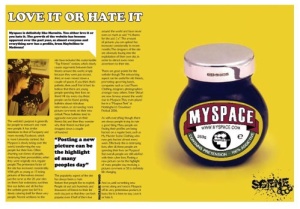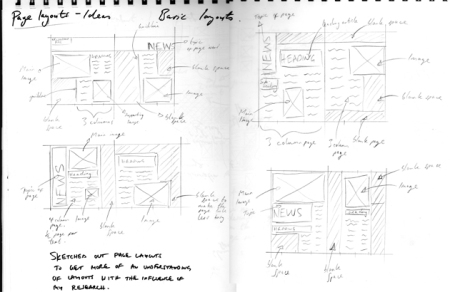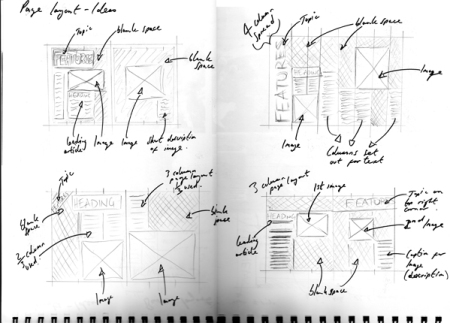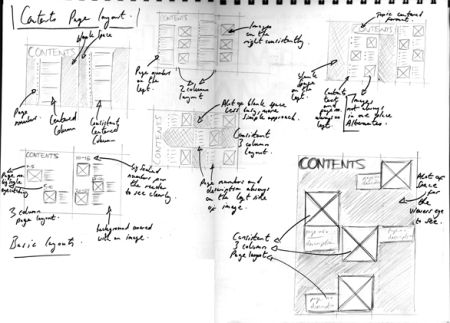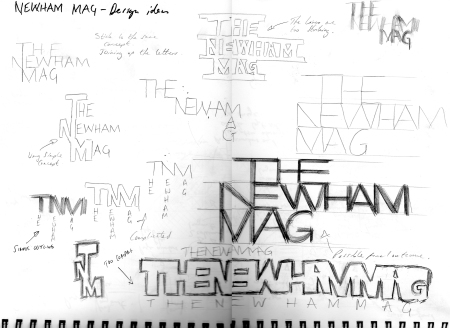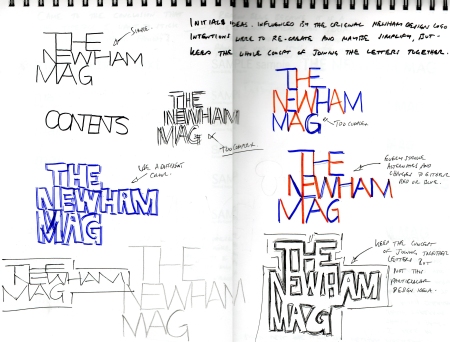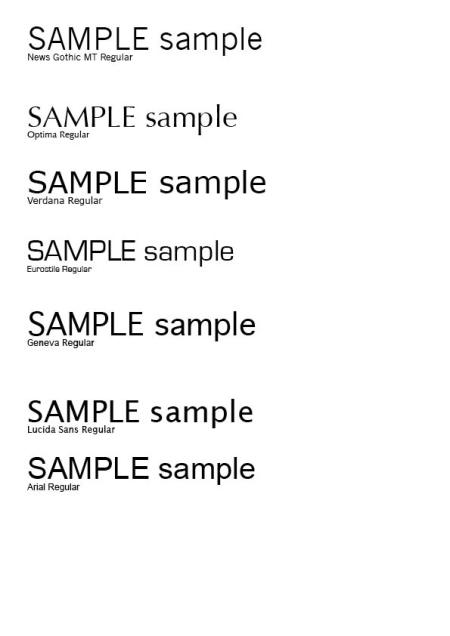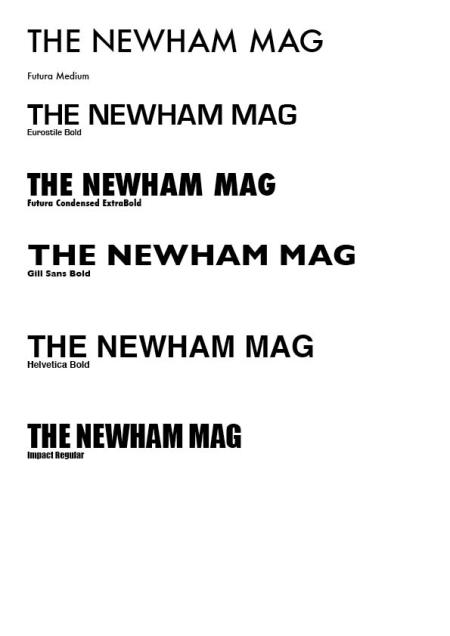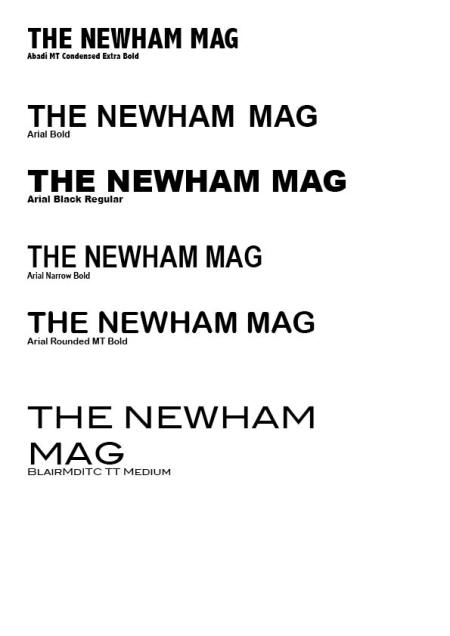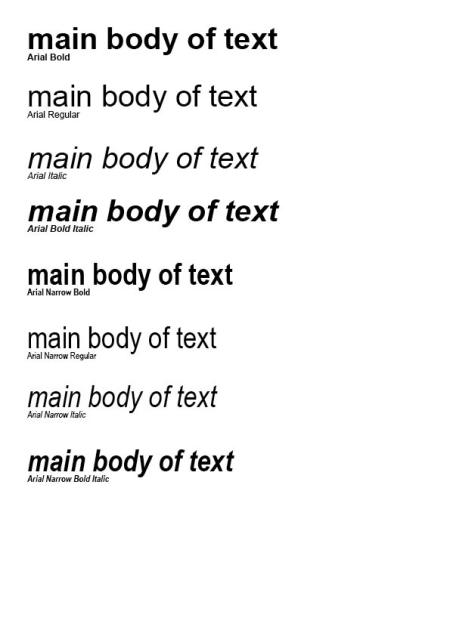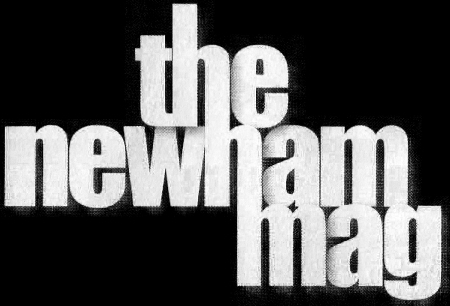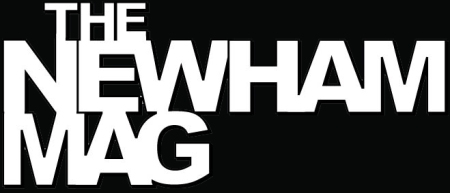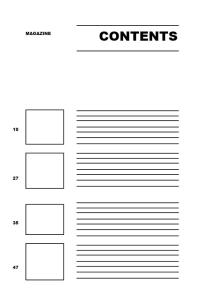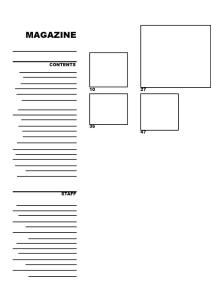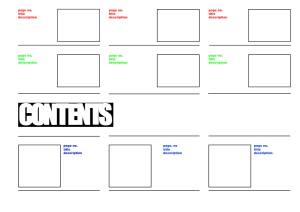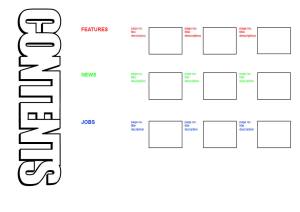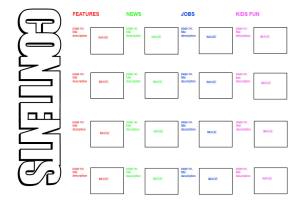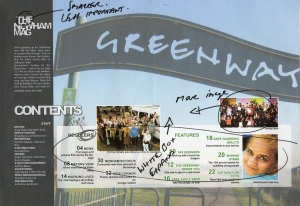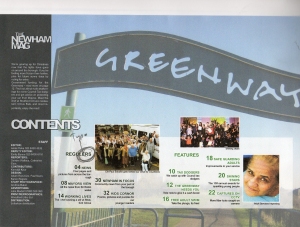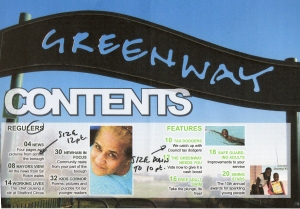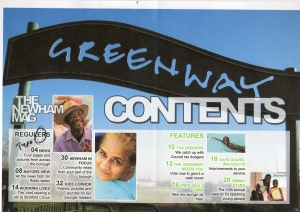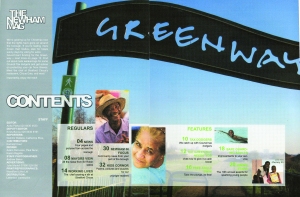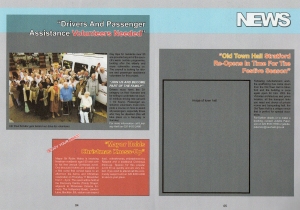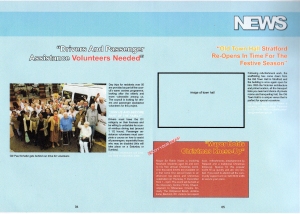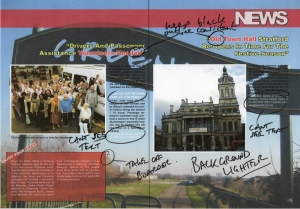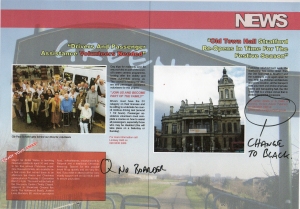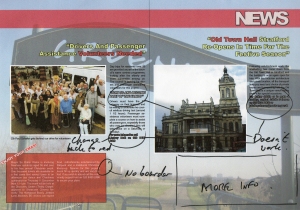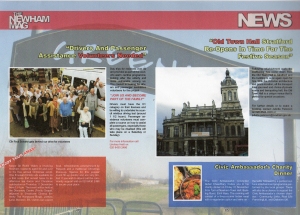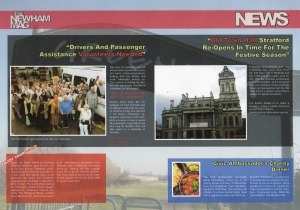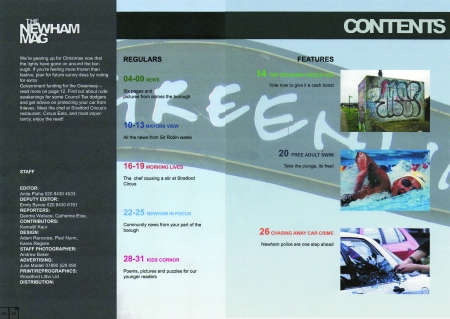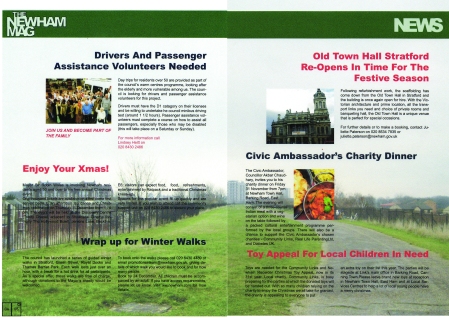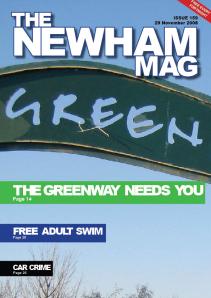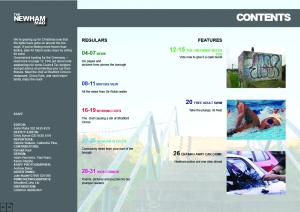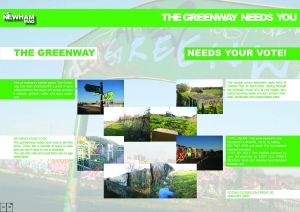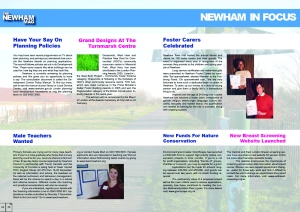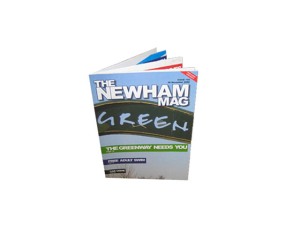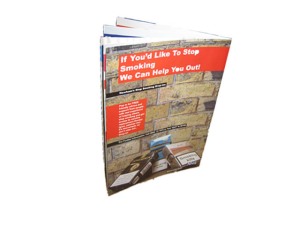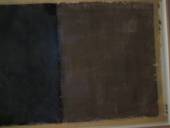Main Objective
In order to help the public, particularly the Young; the Poor; and the Vulnerable become more aware of the negative aspects of consumerism, I intend to achieve this by creating an Anti – Consumerism Campaign.
Background Info
Consumerism is the equation of personal happiness with consumption and the purchase of material possessions. Most consumers are potentially exploited without realising it.
Consumerism – protection or promotion of consumer’s interests; high consumption of goods, the belief in this (Oxford Dictionary)
Consumer – one who consumes, especially one who uses a product; a person who buys or uses goods or services (Oxford Dictionary)
Timetable
9th Feb – 13 Weeks – Research
16th Feb – 12 Weeks – Research
23rd Feb – 11 Weeks – Research
2nd March – 10 Weeks – Research
9th March – 9 Weeks – Research
16th March – 8 Weeks – Research and Development
23rd March – 7 Weeks – Development
30th March – 6 Weeks – Development
6th April – 5 Weeks – Development of final idea
13th April – 4 Weeks – Development of final idea
20th April – 3 Weeks – Finalising work
27th April – 2 Weeks – Finalising work
4th May – 1 Week – Finalising work
11th May – Presentation
Research:
I asked 20 random people from the public to fill out a Questionnaire that was mainly focussing on consumer habits.
The list of questions that were asked are shown below.
Out of 20 people, 8 females and 12 males filled out the questionnaire.
1) On average, how often do you shop for clothes?
3 people ticked shop every week, 3 ticked shop every 2 weeks, 14 ticked shop every month
2) How much do you normally spend when shopping for clothes?
10 people ticked less than 2 hours, 4 people ticked 2 to 4 hours, 5 people ticked more than 4 hours
3) How much do you normally spend?
2 people ticked less than £50, 12 people ticked £50 to £100, 6 people ticked above £100
4) Do you buy branded clothes?
2 people ticked all the time, 4 people ticked most of the time, 14 people ticked some of the time, 1 people ticked never
5) How often do people buy shoes/trainers?
1 people ticked every week, 1 people ticked every fortnight, 9 people ticked every month, 8 people ticked not often
6) How often do people buy bags?
0 people ticked every week, 0 people ticked every fortnight, 3 people ticked every month, 17 people ticked not often
Anti – Consumerism is not an easy lifestyle to follow, if you’re NEW to the movement.
My aim is to understand more about being an Anti – consumer.
What I am aware of so far, is the fact that there is a lot of ‘Greed’ within big Corporations. These corporations tend to focus on how much profit they achieve, rather than consider the working conditions within the manufacturing process in factories.
I also understand that Anti – Consumers believe that there may be a great deal of ‘Manipulation’ that causes people (consumers) to purchase material items and products that they feel are necessary to own.
This is caused by the media advertisements that occur today from Billboards on buses; tube stations; trains (public transport); magazines, shop front windows; and most of all from television.
“Why do we always buy what is new? Because Television tells us that we need it.” Adbusters
I designed some illustrations that came to mind when thinking about consumerism.
Huge Corporations like the ones above spend millions of pounds in advertising.
The problem
Consumers change their behaviour only when they believe in something. The most ingenious marketing idea on the planet won’t direct consumer behaviour if the values behind the idea or brand aren’t evident or even pronounced every time the consumer comes in contact with that brand. Concepts like ‘message consistent marketing’ and ‘channel marketing management programs’ have recently entered the ever expanding marketing lexicon to address this issue. Some of models introduced go far in coordinating and streamlining message consistency, however the one channel that continues to be the most difficult to communicate values through, is the channel with values of its own: ‘The forgotten channel’ – people.
As soon a consumer begins to believe in a brand, because of something they saw on the television, the net, or received in their mailbox, that brand has more to lose with that consumer than ever before. With every consumer belief, comes a set of consumer expectations around their experience with that brand. When a brand fails to meet one or more of those expectations, it risks consumer resentment and brand dissent. This is made significantly worse when the channel responsible is the brand’s people, as they are the only communication channel that consumers can form a reciprocal and meaningful relationship with. When the human face of a brand lets a consumer down, it all gets very personal. We only need to look at Australia’s financial institutions and our telecoms to see how devastating and irreversible this can be.
The Causes are shown below
Unaware
The nature of modern marketing focuses heavily on external communication (award winning TVC, results driven DM etc) and because of this, most marketers are either unaware or ill equipped to integrate brand values and behaviour into the people of an organisation. In fact most see that as the job of ‘someone’ in HR. Whilst dominant external marketing plans can work in industries like FMCG, where the brand (or relationship with the customer) involves influencing a customer without any real service element, most industries do have a face to face or interpersonal component that needs to understand and embrace promoted brand values.
Unqualified
Tertiary marketing qualifications don’t educate potential marketers about the techniques required to instill brand values and subsequent behaviour into a team of employees or client facing staff. By no fault of their own, marketing graduates and seasoned marketers alike have very little idea about what an ‘effective’ internal brand acceptance and brand behaviour program looks like.
Undervalued
Marketing budgets continue to place the ‘sexy stuff’ first. By this, I mean the conventional channel favorites; anything that a consumer can ‘see, hear or touch’. People development is often either absent or prioritised to the bottom of the resource management list regardless of its ability to be ‘felt’ by a consumer.
Uninspiring
Internal communication programs implemented by the more aware marketing teams often miss the mark. Unlike much marketing activity, the development of human capital doesn’t fit into a ‘campaign’ plan. Team away days and particularly the common conference techniques currently used, serve at best as shallow motivation without scratching the surface of an individual’s value paradigm.
Uncooperative
If the marketing budget won’t accommodate people development, other department budgets may. However the conditioned understanding of the roles and responsibilities of the Sales and Human Resources function again rarely takes responsibility for brand specific people development. Further, HR departments universally are renowned for not understanding nor wanting to understand current business issues, and this includes brand imperatives.
The Solution
Achieving brand and message potency through consistency requires a great deal of collaborative effort and understanding. With regard to the brand’s ‘forgotten channel’ – its people, marketers may also be required to manage their egos and question their attachment to their more overt executions, or ‘the new ad campaign’ that is due next month. The solution to brand consistency is bigger than most marketers think and will call on skills and resources that most marketing teams are unlikely to possess.
Here are just a few locations of where people may come across advertisement billboards.
Here I took photographs of random members of the public advertising for free.
I photographed a friend at front of an Adidas Retail Store in order to show an obvious example of Free Advertisement.
IT’S A commonly held belief that we could go a long way to ending world hunger, poverty and pollution if Americans would stop consuming so much. BRIAN JONES explains why this is wrong–and why it lets the real culprits off the hook.
“THE WEALTH of those societies in which the capitalist mode of production prevails,” wrote Karl Marx in the opening of his famous study of capitalism, Capital, “presents itself as an immense accumulation of commodities.” A century and a half later, the “immense accumulation of commodities” is nowhere greater than in the U.S.
Many people fighting for a better world recognize that the methods of capitalist production are rapidly destroying the environment, and that U.S. imperialism has created poverty and misery in the Third World. But many people also ask whether the American consumer is also to blame.
The Detroit Project, for example, organized by left-wing gadfly Arianna Huffington, sponsored television commercials that blamed SUV drivers for the destruction of the ozone layer and the war on Iraq. In reality, however, stopping people from buying SUVs will solve neither problem.
First of all, U.S. citizens don’t rely heavily on Middle Eastern oil–our oil comes from other parts of the world. The U.S. ruling class isn’t interested in using Iraq’s oil, but in controlling and selling it to the rest of the world. Control of the world’s second-largest oil reserves would be a top priority for them, even if there weren’t a single car on the road in America.
Nevertheless, it’s true that carbon dioxide emissions from cars are destroying the earth’s ozone layer. But banning SUVs still leaves almost 200 million carbon dioxide-emitting automobiles on the road, not to mention the emissions of countless factories in countless industries. A real solution to the emissions problem therefore would have to involve, at the very least, not only a reorganization of factories that pollute but also a revamping of our whole mode of transportation.
IF THE goal is to the save the environment–to actually save it, and not justfeel like we’re saving it–one’s individual choice of car is virtually irrelevant. As consumers, we don’t get to choose whether or not there will be public transportation, for example. We are only given a choice among vehicles that will make a profit for the auto companies. Blaming the destruction of the environment on those who drive SUVs lets the real organizers of pollution–the auto companies–off the hook.
The real obstacle to protecting the environment is not the appetite of consumers, but the appetite of a system that’s driven by competition for profit. SUV sales account for about 90 percent of the profits of the Big Three automobile manufacturers.
The fact is that for most people, cars are no longer a luxury but a necessity. Changing the organization of our lives so that we no longer require gas-powered cars directly conflicts with the interests of the largest corporations in the U.S. The first, third and seventh corporations on Fortune’s 500 list are automobile producers. Three more of the Top 10 are oil companies. Altogether, 22 of the top 50 rely on automobiles for their business.
Can we, as consumers, seriously challenge these companies? If we organized 3,000 car-buyers to not buy cars, the automobile-industrial complex would probably not even notice. But in 1996, just 3,200 autoworkers struck General Motors in only two Ohio plants and, as a result, GM’s entire North American operation was crippled.
We have much more power as workers than we have as consumers. Focusing on stopping people from buying SUVs, at best, means we’re pursuing a weak strategy for change. At worst, it leads to blaming the wrong people–the consumers–for the problem.
THE BELIEF that we, as individuals, are to blame for society’s problems also persists in the way many people think about world hunger. Many believe that people around the world are starving at least in part because Americans are overeating.
First, this argument ignores the fact that plenty of Americans aren’t getting enough food. Some 13.6 million U.S. children under the age of 12 are chronically hungry or at risk for going hungry. That’s one out of every three children under the age of 12.
But for those of us who are relatively well-fed, the question still stands: Do people around the world starve because our French fries are super-sized?
There might be a grain of truth to that if it were the case that there wasn’t enough food in the world for everyone to eat. But that’s not the case at all. World food production at its current level could provide every single man, woman and child with 3,500 calories a day, or roughly 4.3 pounds of food–in other words, enough to make everyone fat.
Under capitalism, the “shortage” of food is artificial. So, in sub-Saharan Africa, some 213 million people are chronically malnourished. Yet year after year, sub-Saharan Africa is a net exporter of food.
In a capitalist economy, food isn’t produced to feed people, but to sell for profit. There’s no profit to be made from feeding poor people. That’s why so many people are hungry–there’s plenty of food, they’re just too poor to buy it. What we really need is a socialized, rational production of food for the purpose of feeding people.
THE CAPITALIST system has convinced us that we need all of kinds of products that we don’t actually need–such as DVD players and the latest style of shoe. Therefore, the argument goes, refusing to buy these products not only decreases the power of the corporations that produce them but also frees our minds from the “capitalist mentality.”
It’s easy to see where this idea comes from. In 1992, U.S. corporations spent $1 trillion on advertising, $600 billion more than was spent on education. This enormous sales effort does affect our mentality, but it’s not the root of the problem.
Marx wrote 160 years ago about what he called “alienation.” He argued that even though all of the products of the world–the “immense accumulation of commodities”–are produced by us, they seem to be separate from us. Workers make them, but they don’t own or control them. As Marx said, “that life which he has bestowed on the object confronts [the worker] as hostile and alien.” In fact, it appears as if the products own us, as though they control us!
So it’s a natural reaction to think that we can be free from the system by rejecting its products. But this reaction is actually the flip side of the same coin. The person who must have the latest fashion and the person who must not have it actually have the same fetish.
The mistake is to see the commodity itself as having too much power. It’s true that shopping will never make us as happy and free as commercials would like us to believe. It’s also true that not shopping won’t emancipate us either. Neither approach actually creates much change.
So even though some people may think that it’s radical not to buy name-brand products, as long as they want to remain alive, they have to get food, water, clothing and so on somehow. In other words, one way or another, they will rely on the production of the things that they need.
This said, there is a tiny group of people at the top of society who doconsume too much–the ruling class. While we produce all of the wealth of the world, they grow richer as they demand that we make do with less. If we really want to make sure that all of the world’s people are provided for, the key is fighting for a totally different society where the priority is providing for the needs of the majority, not the profits of the few–a socialist society.
Consuming too much can lead us into debt.
This maybe caused by the fact that we are manipulated by advertisements that tell us we actually need the product.
I photographed my friend in Bricklane and portrayed him as a homeless person with his Nike trainers beside him.
My aim was to send a message to the audience to let them know that no matter how much you spend on material items and continue buying into brands, you really have nothing because they are just meaning less things.
You pay money to fulfill your sub-conscious minds but in reality money doesn’t buy happiness.
On each photograph I aimed to send a message to allow the audience to connect the text with each image.
Impulse buying
Consumers tend to fall into the trap of ‘Impulse’ purchasing.
Impulse purchasing is when a consumer buys things that they would not normally be looking for in the first place but ends up buying it anyway. This may happen because an item maybe in special offer for example, buy one get one half price.
Impulse buying happens when you get caught up in the hype of a situation and you buy something without thinking much about it. Impulse items may be new products, samples or well-established products at unexpected low prices.
Situations that play on shoppers impulsiveness include: items on sale tables that advertise ‘huge bargains’ or ‘10% off all items’ or the enticement of announcements that something is half price for the next 5 minutes. Impulse buying makes you spend money on items you may not really need or want. To avoid impulse buying you need to ask yourself if you really need the item or just want it.
Can you stop impulse buying?
One of the ways to becoming more frugal is to stop impulse buying. It’s so easy to convince yourself that the item you’re about to buy is a really good deal. But the real question is, do you really need it? The post I wrote Saturday was about a few good deals I got on a few Christmas items. Did I need those items, no but I will use them come Christmas time and I am avoiding paying full price come next Christmas. The difference is I didn’t purchase more than I would need nor will it sit in a closet and never be used.
There’s a difference between impulse buying and buying things you need. If you have 20 pairs of jeans in your closet and jeans are on sale right now, do you really need another pair of jeans? Probably not but you just can’t pass up a good deal. That’s when you need to learn to tell yourself no and re-think your spending habits.
Just say no. It may not be easy to do but once you start telling yourself no, you will feel confident in controlling what you need and what you buy just because you want it.
Don’t fall for these advertisements – Here are some examples
Consumers may associate themselves with other people into thinking they need a particular item because the person next to them has got it. It’s on the consumer’s sub-conscious mind that allows them to feel the need to have something so they don’t feel left out if the person next to them owns something that they don’t have.
Consumers also tend to associate themselves with celebrities, which may also be known as an ‘Idol’ to them.
It doesn’t help when companies such as Nike sponsor famous football teams such as Manchester United. This manipulates the consumer into thinking the football kit is worth buying due to famous footballers wearing the same the thing.
Wayne Rooney is a good example.
Beyonce in this advertisement is also a good example of why people may want to purchase the product being advertised. Her being a talented singer but most of all a celebrity is the reason why people in the public may want to invest in the product.
Be happy without material things
By learning to be happy with less, you just may find that so many possessions were merely complicating your life. You may find that few—but more special or unique—things trump multitudes of mediocre or common things. True, some material objects do make our lives easier, but they cannot bring us happiness, which must be found within.
“We must rapidly begin the shift from a thing-oriented society to a person-oriented society. When machines and computers, profit motives and property rights are considered more important than people, the giant triplets of racism, militarism and economic exploitation are incapable of being conquered. A nation can flounder as readily in the face of moral and spiritual bankruptcy as it can through financial bankruptcy.”
Dr. Martin Luther King, April, 1967
An example of somebody being crushed by debt
Two days ago at 3 am, my husband and I were awoken by the repo man coming to get our vehicle. I have so much credit card debt that I will probably file bankruptcy. I am so sick of our society and having to have “things.”
Sure it’s nice to have a vehicle that is nice and new, but at what cost? When I come to the end of my life, am I really going to care about all of the crap that I possessed? I want to lead a simple life. I want to drive a piece of crap car because it will be paid for and no one can come knocking on my door and take it from me!
I try to lead a simple life. I don’t shop very much etc. But, somehow I eventually get wrapped back up in all the consumerism. I guess it’s because, if you are born in a rich country, it is shoved down your throat 24/7 all your life. It is a hard habit to break.
We all want everything now. Our society is focused on immediate gratification. We wouldn’t want to save money and then pay cash for what we need! Oh no! Why do that when you can get instant credit. Then we can have what we want NOW.
I have almost 23,000 worth of credit card debt and I couldn’t tell you what I bought. Isn’t that sick?
America has a health care crisis. People can’t afford to go to the doctor when they get cancer from all the pesticides and antibiotics that our government puts in our food. But, we never hear about that do we? How about the pesticides that coffee growers use that are banned in the U.S.? But, it’s okay to import beans from countries where it isn’t banned.
I wish I could disappear from this society. I don’t want anymore “instant credit” or pre-approved card offers. My mind and life are filled with ‘how are we going to pay this or that.” I can’t answer the phone. God forbid it’s a bill collector. Why do we do this to ourselves?
If a kid is lucky enough to have both his parents under one roof, he never sees them. Both parents work their asses off. Why? so we can buy more things. Then we wonder why the divorce rate is so high and the kids are killing each other.
I could go on and on. I think it’s time to do some real soul searching. Thanks for letting me ramble on.
“People say if we stop buying so many things, the economy will collapse. I say, we are buying the wrong things. If we buy high-quality, sustainably made goods—even if we buy many fewer of them—the economy will be stronger and more stable than ever. Let’s face the facts, an economy based on the increasing consumption of resources is only temporary, because the amount of resources on the planet, without a doubt, is finite. Once the Earth is all used up, we don’t simply move to the next valley.”
Rob Horowitz, anti-consumer advocate
Our desires are polluting the entire world, not just our own country. American companies extract resources and dump toxins everywhere, just so we can be clean and comfortable. If the developing world mimics our consumption patterns, the planet will be completely fouled and resource bankrupt soon enough. Furthermore, we have no credibility to ask developing nations to forego luxuries until we show restraint ourselves. Then, and only then, can rich nations educate developing nations to build sustainable societies and bypass our wasteful extravagances.
Specific types of goods for which we must immediately reduce demand:
– all mined or extracted products, especially petroleum and heavy metals
– disposable products
– chemical fertilizers and pesticides
– internal combustion engines
– virgin wood products
– anything made with exploited labor
– products which cause disproportionately large or toxic pollution
Do we consume too much?
To some, the answer is self-evident. If there is only so much food, timber, petroleum, and other material to go around, the more we consume, the less must be available for others. The global economy cannot grow indefinitely on a finite planet. As populations increase and economies expand, natural resources must be depleted; prices will rise, and humanity — especially the poor and future generations at all income levels — will suffer as a result.
Other reasons to suppose we consume too much are less often stated though also widely believed. Of these the simplest — a lesson we learn from our parents and from literature since the Old Testament — may be the best:although we must satisfy basic needs, a good life is not one devoted to amassing material possessions; what we own comes to own us, keeping us from fulfilling commitments that give meaning to life, such as those to family, friends, and faith. The appreciation of nature also deepens our lives. As we consume more, however, we are more likely to transform the natural world, so that less of it will remain for us to appreciate.
Inspiration from Barbara Kruger.
Barbara Kruger (born 1945) is an American conceptual artist represented by Spruth Magers Berlin London.
Kruger’s graphic work consists of black and white photographs with overlaid captions set in white-on-red Futura Bold Oblique. The phrases included in her work are usually declarative, and make common use of such pronouns as “you”, “I”, “we”, and “they”. The juxtaposition of Kruger’s imagery with text containing criticism of sexism and the circulation of power within cultures is a recurring motif in the work.
In The text in her work of the 1980s includes such phrases as “Your comfort is my silence” (1981), “you invest in the divinity of the masterpiece” (1982), and “I shop therefore I am” (1987). She has said that “I work with pictures and words because they have the ability to determine who we are and who we aren’t.”
Creating an awareness to the public
In most countries, people understand a warning sign is normally a shape of an equilateral triangle with a white background and a thick red border.
Majority of people in the world understand that triangles displayed on public locations tend to signify a warning/hazard.
Here are some examples
These signs were made from aluminium and I was interested to find out about the process of actually producing these signs.
I sent an email to ask if a printing company can assist me with as much information on how the process is carried out.
Using the concept of a warning triangle as a form of awareness, I placed messages inside the red border of the triangle.
My aim is to create a reaction from the public and allow them to understand the message behind each triangle.
After completing these triangle designs, I felt that the messages inside were too long.
I shortened the message ‘If you enjoy being in debt? Keep up the hard work and continue to buy things you don’t need’ because in reality, one of the main causes for people ending up in debt, is due to consumption of material things.
The message now reads ‘Enjoy being in debt? Continue buying things you don’t need’ and I also produced more triangles with related messages that I thought were important for the public to see.
The text has been changed to one colour in order for it to look straight forward and easy to understand.
From my research, warning triangles are either black and yellow or red and white. I used these same colours for the triangles below.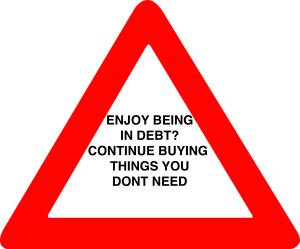
Below are some illustrations of poor kids that I felt relate to the actual messages portrayed in the triangles.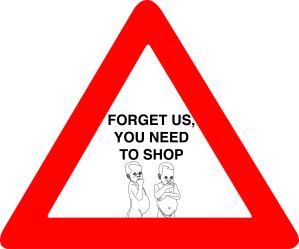
Below shows photographs of a few locations where I displayed some of the messages.
After carrying out these messages within the triangles, I thought it would be a good idea to design symbols that would relate to a message.
We are bombarded by signs everywhere we go.
A good example of these signs is a Road Work Sign.
I designed symbols for four different messages, which are shown below.
Final Exhibition
